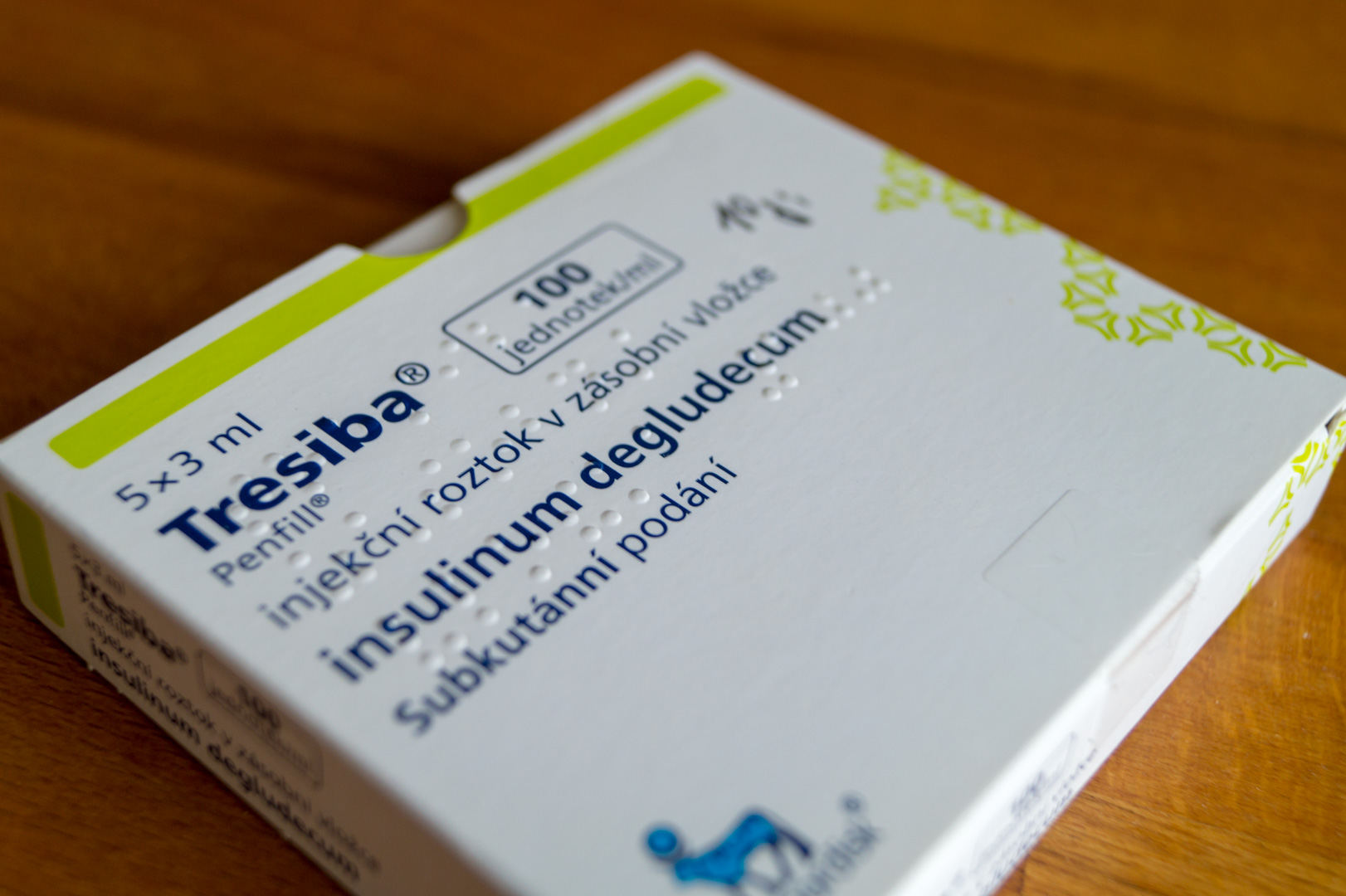Changing basal insulin dose with Tresiba

One of the disadvantages to using the ultra-long-acting Tresiba as your background insulin is that it takes several days for any changes you make to show up. I started jogging and got tormented with lows, especially during the nighttime. There are few things as unpleasant as waking up sweating at 3 am to find your blood sugar at 2 mmol/l (36 mg/dl).
I dropped the Tresiba dose by 20%, but it took almost five days to show. According to the manufacturer’s website, Tresiba is active for 42 hours post-injection. I do find that when I make changes to the dose, it takes longer to show. Not sure how that works.
An advantage to shorter-acting basal insulins, like Lantus or Levemir, is that they taper off around the 20-hour mark. It makes it possible to adjust them for exercise, alcohol consumption, and that time of the month.
Don’t get me wrong, though. My experience with Tresiba taking a long time to reflect on any dose changes you make is not a complaint but simply an observation. Since changing over from Lantus, which gave me constant nighttime lows, I’ve enjoyed stable blood sugar. I also tried Toujeo for a couple of months, which gave me erratic glucose levels and didn’t work at all. For me, the best basal insulin so far has been Tresiba, and I have no plans of switching it for something else. I just have to live with the slow pace when it comes to making dose adjustments.